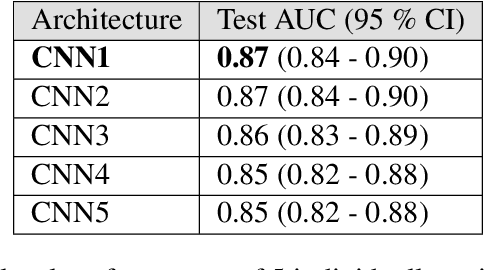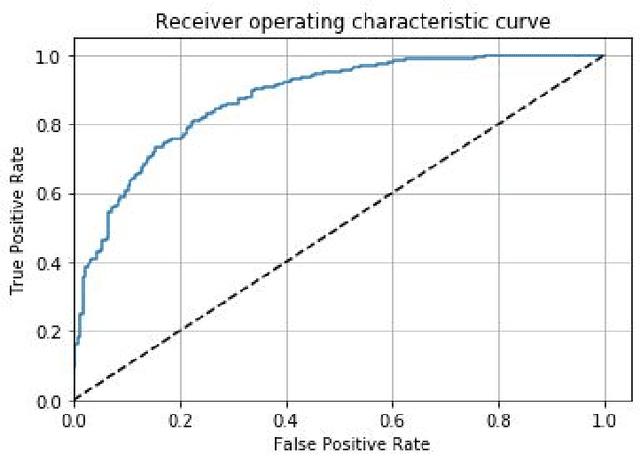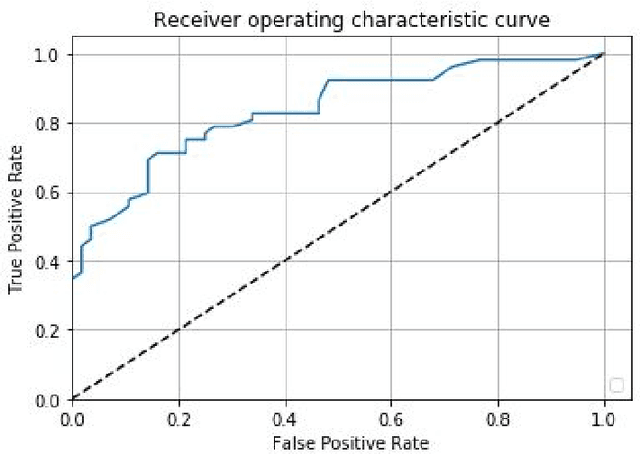Sunghwan Yoo
MRNet: Multiple-Input Receptive Field Network for Large-Scale Point Cloud Segmentation
Jan 30, 2023



Abstract:The size of the input receptive field is one of the most critical aspects in the semantic segmentation of the point cloud, yet it is one of the most overlooked parameters. This paper presents the multiple-input receptive field processing semantic segmentation network MRNet. The fundamental philosophy of our design is to overcome the size of the input receptive field dilemma. In particular, the input receptive field's size significantly impacts the performance of different sizes of objects. To overcome this, we introduce a parallel processing network with connection modules between the parallel streams. Our ablation studies show the effectiveness of implemented modules. Also, we set the new state-of-art performance on the large-scale point cloud dataset SensatUrban.
Prostate Cancer Detection using Deep Convolutional Neural Networks
May 30, 2019



Abstract:Prostate cancer is one of the most common forms of cancer and the third leading cause of cancer death in North America. As an integrated part of computer-aided detection (CAD) tools, diffusion-weighted magnetic resonance imaging (DWI) has been intensively studied for accurate detection of prostate cancer. With deep convolutional neural networks (CNNs) significant success in computer vision tasks such as object detection and segmentation, different CNNs architectures are increasingly investigated in medical imaging research community as promising solutions for designing more accurate CAD tools for cancer detection. In this work, we developed and implemented an automated CNNs-based pipeline for detection of clinically significant prostate cancer (PCa) for a given axial DWI image and for each patient. DWI images of 427 patients were used as the dataset, which contained 175 patients with PCa and 252 healthy patients. To measure the performance of the proposed pipeline, a test set of 108 (out of 427) patients were set aside and not used in the training phase. The proposed pipeline achieved area under the receiver operating characteristic curve (AUC) of 0.87 (95% Confidence Interval (CI): 0.84-0.90) and 0.84 (95% CI: 0.76-0.91) at slice level and patient level, respectively.
 Add to Chrome
Add to Chrome Add to Firefox
Add to Firefox Add to Edge
Add to Edge